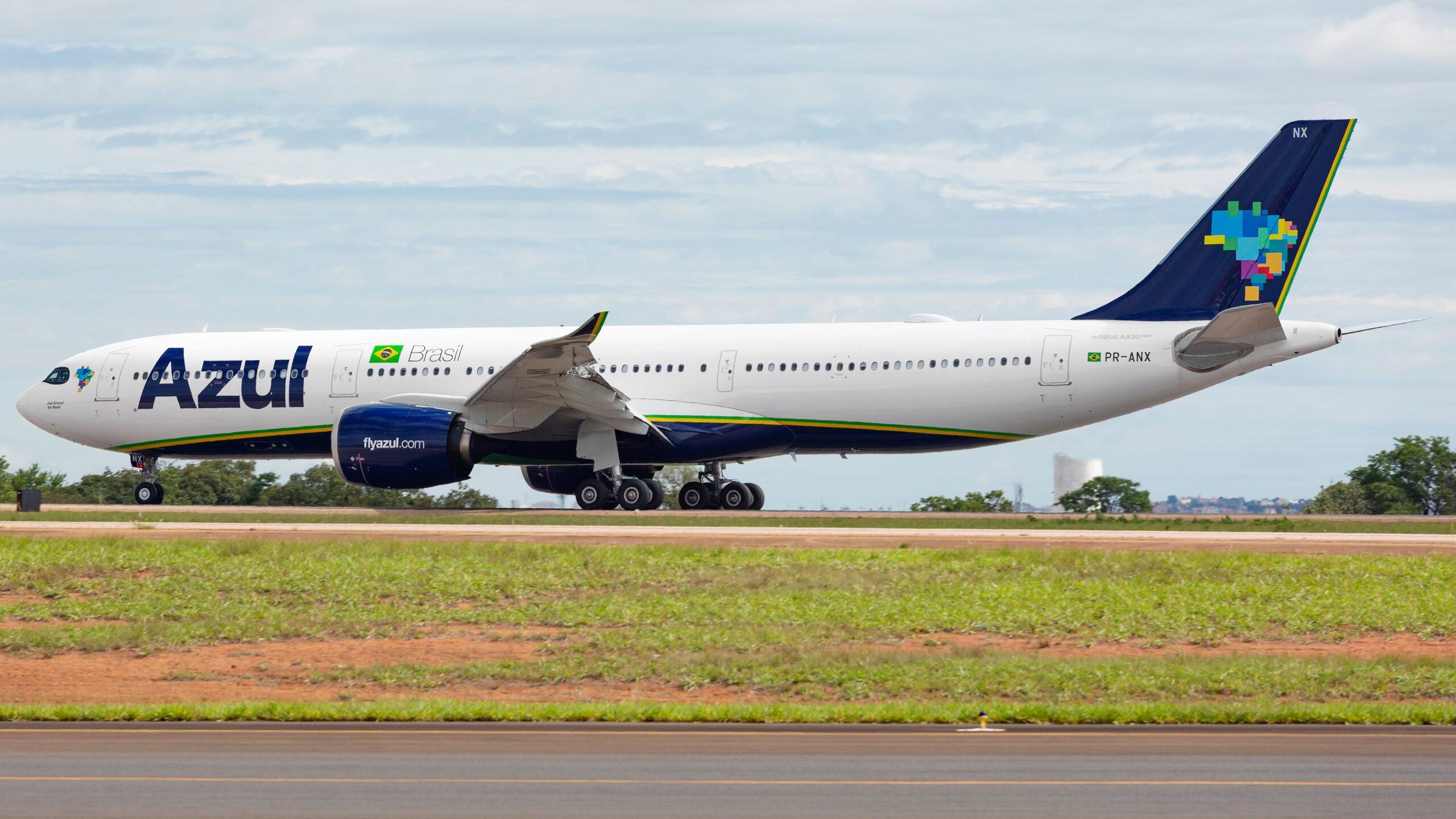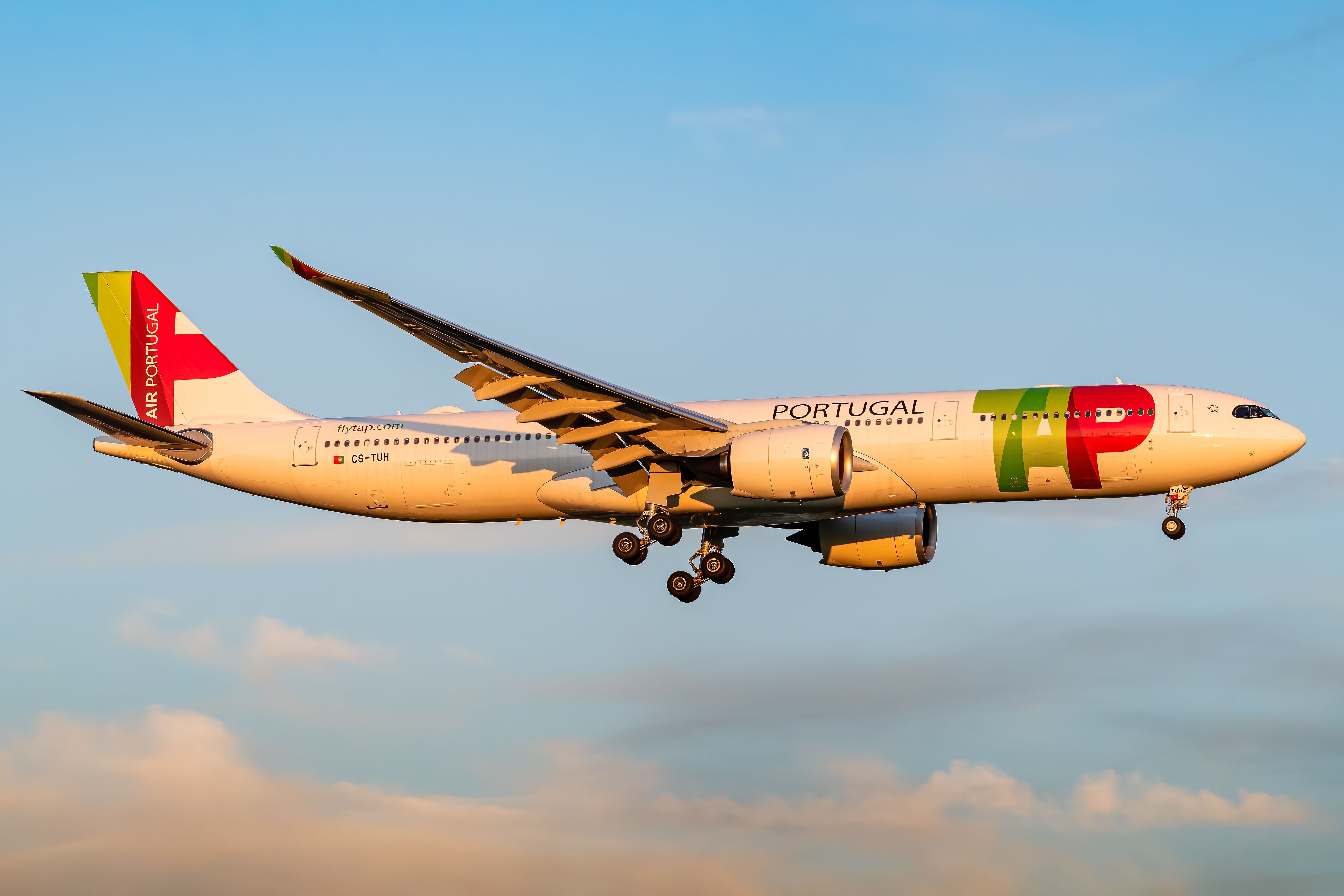Summary
- The Airbus A330neo series is an update to the successful A330 line, offering new features such as quieter engines, a bigger range, and reduced greenhouse gas emissions.
- There are two variants of the A330neo: the -800, which focuses on range and distance, and the -900, which is more passenger-focused. The -900 has been more successful, with 107 delivered globally.
- The A330neo shares high commonality with its predecessors, meaning pilots don’t need to retrain to fly it. Airlines appreciate the operational flexibility it offers. However, the A330neo has faced commercial challenges and has yet to become a major success compared to Boeing’s Dreamliner family.
The Airbus A330neo series was introduced to commercial service in December 2018 when TAP Air Portugal operated the first flight. It is composed of two variants, the -800 and the -900, with capacities for 257 and 287 passengers and ranges of 8,150 nautical miles (15,090 kilometers) and 7,200 nautical miles (13,330 kilometers). Has the plane family become a game-changer for the global aviation industry –particularly the -900 version?
Why is it a good aircraft?
The A330neo series is an update to Airbus’ successful A330 line, which has three decades of flying success. Much like the A320 upgrade to the A320neo, the A330neo brings a whole heap of new features that airlines and passengers will love.
Some of these features include quieter engines (very powerful Rolls-Royce Trent 7000 engines), a brand new wing (reducing fuel burn by 14%), a bigger range of +400 nautical miles, reduced greenhouse gas emissions, more seats onboard without reducing passenger comfort.
Plus, passengers can enjoy an improved cabin experience with bigger overhead bins, mood lighting, quieter in-flight noise, and a new entertainment system (one that saves 400 kg of weight!).
A look at the two variants of the A330neo
There are two types of the A330neo aircraft (the former version also had two versions, the -200 and the -300).
The A330-800 can carry up to 406 passengers (typically 257) to a range of 8,150 nautical miles / 15,090 kilometers. This aircraft is weighted towards range and distance. Per ch-aviation, the A330-800 has seven active aircraft operated by three carriers globally (plus one flying with Airbus as a testbed), making it a commercial bust. Air Greenland operates one, Kuwait Airways has four, and Uganda Airlines has two. Five more are on order for Airbus, with four going to Garuda Indonesia and one to a private customer. In fact, this aircraft is so rare that no A330-800 will fly to the United States this winter.
Photo: Airbus.
The A330-900, as the big brother, can carry up to 440 passengers (average 287 in a three-class layout) to a range of 7,200 nautical miles / 13,330 kilometers. This aircraft is weighted towards passengers. The A330-900 is more successful than the -800. Per ch-aviation, there are 107 delivered A330-900s globally, flown by 18 airlines. Delta Air Lines is the largest customer of the model with 24. Other customers include TAP Air Portugal (19 units), Condor (ten; it took delivery of the 100th A330neo in April 2023), Lion Air (eight), and Azul Linhas Aéreas (five). An additional 209 are waiting to be delivered in the future, with 72 still having unassigned clients by Airbus.
The A330neo-type rating
One of the first massive advantages of the A330neo is that it shares high commonality with its predecessors, the A330-200 and A330-300. This is actually closer commonality than even the Boeing 737-800 and Boeing 737 MAX 8 aircraft.
Photo: Vincenzo Pace | Simple Flying.
Hence, pilots don’t have to retrain to fly the new A330, so airlines don’t have to pay for that training. The cabins have been reimagined but still remain the same layout for passengers. When TAP Air Portugal received the A330-900, former Chief Executive Officer Antonoaldo Neves said,
“I am delighted to welcome the first Airbus A330-900 into our expanding fleet. Its unbeatable economics and efficiency will power our business forward. The A330neo will give us a lot of operational flexibility thanks to its commonality with the other Airbus aircraft in our fleet.”
It is designed perfectly for the market
According to research done by Airbus, the most common aircraft demanded by airlines is in the 200-300 passenger class for a flight time of 6–8 hours. Additionally, most airlines want at least a business class cabin onboard, which the A330neo has plenty of space for. Airbus explained,
“The A330neo is the entry-level, long-range widebody that can step up for operators as routes and ranges grow. Designed for regional and enhanced for long-haul, the A330neo is the perfect fit between single-aisle and large widebody aircraft.”
But, is it a game changer?
Despite the upgrades of the A330neo family versus its predecessors and the market it is designed for, the family has yet to prove to be a commercial success. It has been challenging for the neo version to compete against Boeing’s Dreamliner family commercially.
Even before it was launched, senior executives across the industry predicted the A330neo could only sell between 400 and 1,000 aircraft throughout its history. This has proven to be quite accurate, with 424 A330neos being active, inactive, or on order, operated by 33 carriers. Compared to other members of the Airbus portfolio, the A350 family is seen as far more successful than the A330neo.
Have you ever been onboard an Airbus A330neo? How did you find the experience? Let us know in the comments below.
Source: ch-aviation.



